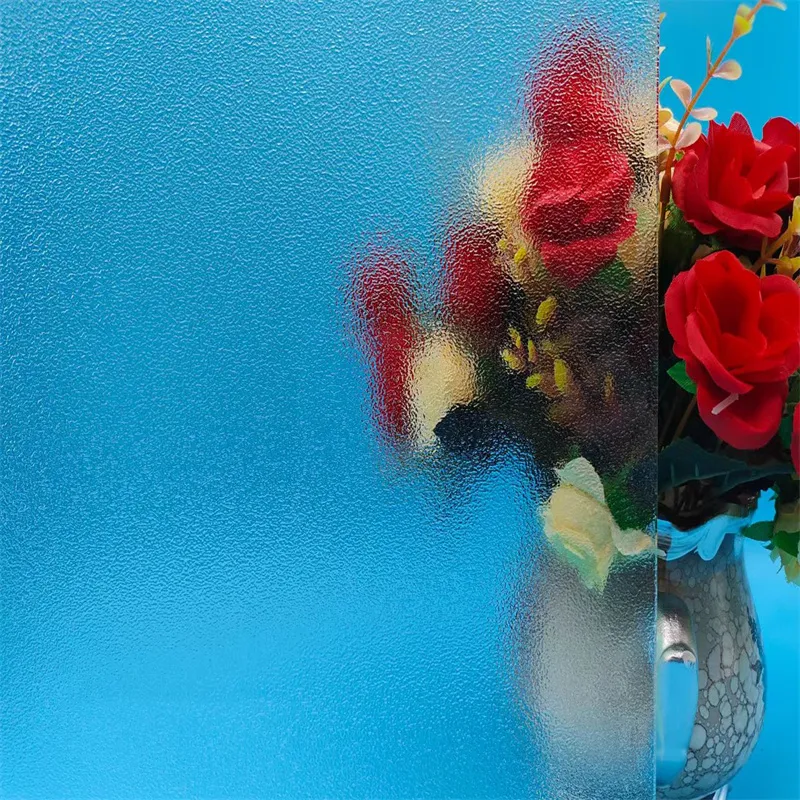Nov . 17, 2024 14:34 Back to list
Chemical Solutions for Effective Glass Etching Techniques and Applications
Chemical Etching of Glass A Comprehensive Overview
Chemical etching is a popular method for creating intricate designs and patterns on glass surfaces. This technique utilizes specific chemicals to selectively remove material from the glass, allowing for the creation of detailed images and textures. This article explores the process of chemical etching glass, the chemicals involved, and its various applications.
At the core of glass etching is the principle of selective solubility. When a glass surface is treated with an etching compound, certain areas of the glass are dissolved, resulting in a matte finish or engraved design. The most commonly used chemical for etching glass is hydrofluoric acid (HF), known for its strong reactive properties. Hydrofluoric acid reacts with silica present in glass, creating soluble fluorosilicates that wash away, effectively ‘etching’ the glass.
Chemical Etching of Glass A Comprehensive Overview
Before etching, the glass surface must be cleaned thoroughly to remove any dirt or oils that could affect the etching process. Once clean, a stencil or adhesive vinyl can be applied to the glass surface, protecting certain areas from the chemical action of the etching agent. After applying the etching solution, the glass is typically left to react for a specific period, which can vary depending on the desired depth of the etch and the concentration of the chemical.
chemical to etch glass

After the etching process is complete, the glass is rinsed thoroughly with water to stop the reaction and safely remove any remaining chemical. The result is a beautifully textured design that can range from simple patterns to highly intricate images.
Chemical etching is widely used across various industries, including decorative art, signage, and even in architecture. Artists often use this technique to create unique glass pieces for exhibitions, while businesses utilize etching for branding purposes. In architecture, etched glass is commonly used in windows and partitions, adding both aesthetic appeal and privacy.
Additionally, the versatility of chemical etching allows for customization, making it a favored choice for personalized gifts and awards. Many craftsmen leverage this technique to produce custom glassware for special occasions, further showcasing the appeal of this artistic method.
In summary, chemical etching of glass is a fascinating process that combines artistry and chemistry. Whether for decorative purposes or practical applications, the ability to craft intricate designs adds a unique flair to glass products, making chemical etching a valuable technique in various fields. As technology and safety practices continue to advance, the potential for innovative glass etching designs remains limitless.
-
Safety and Style with Premium Laminated Glass Solutions
NewsJun.24,2025
-
Reinvents Security with Premium Wired Glass
NewsJun.24,2025
-
Premium Float Glass Line for Modern Architecture
NewsJun.24,2025
-
Low Emissivity Glass for Energy-Efficient Architecture
NewsJun.24,2025
-
High-Performance Insulated Glass Solutions for Modern Architecture
NewsJun.24,2025
-
Elevates Interior Style with Premium Silver Mirror
NewsJun.24,2025
Related PRODUCTS














